
Published:
Readtime: 9 min
Every product is carefully selected by our editors and experts. If you buy from a link, we may earn a commission. Learn more. For more information on how we test products, click here.
Like the oh-so-popular Fujifilm X100 V, but with interchangeable lenses, the new Fujifilm X-T30 III (from AUD$1,679) sounds like the perfect one-size-fits-all camera for beginners who want to learn the ins and outs of photography, but also pros who wish to diversify their portfolio with the brand’s film simulations. It’s an APS-C mirrorless camera with a compact, lightweight body (378 grams including battery and card). It sports a 26.1 MP BSI “X-Trans CMOS 4” sensor, which is shared with the video-focused Fujifilm XS-20, capable of 6.2K video.
On paper, the X-T30 III should offer the still image capabilities of the X100 V and the video capabilities of the XS-20. However, its image quality won’t match the new Fujifilm X100 VI’s 40MP sensor, and it doesn’t have in-body image stabilisation (IBIS). Still, it’s also much cheaper, lighter, and has interchangeable lenses, which should be enough to attract many interested buyers. So, does it deliver?
Key Features:
- Back-side-illuminated 26.1 MP X-Trans CMOS 4 sensor.
- High-speed X-Processor 5 image engine.
- Deep-learning subject-detection autofocus (faces, eyes, animals, vehicles, drones).
- 6.2K/30P internal video recording in 4:2:2 10-bit, 4K/60P, 1080/240P.
- 9:16 movie mode for vertical video filming, catering to social-media content creation.
- Film Simulation Dial with 20 Film Simulations, including REALA ACE and NOSTALGIC Neg.
- Three customisable slots (FS1–FS3) for registering “Film Simulation Recipes”.
- Compact body measures 118.4 × 82.8 × 46.8 mm and weighs 378 g (battery/memory card).
- Wireless direct print support to instax Link printers (mini, SQUARE, WIDE).
I’ve been testing the new Fujifilm X-T30 III here in Australia, and in this review, I’ll share my thoughts and learning about this new camera.
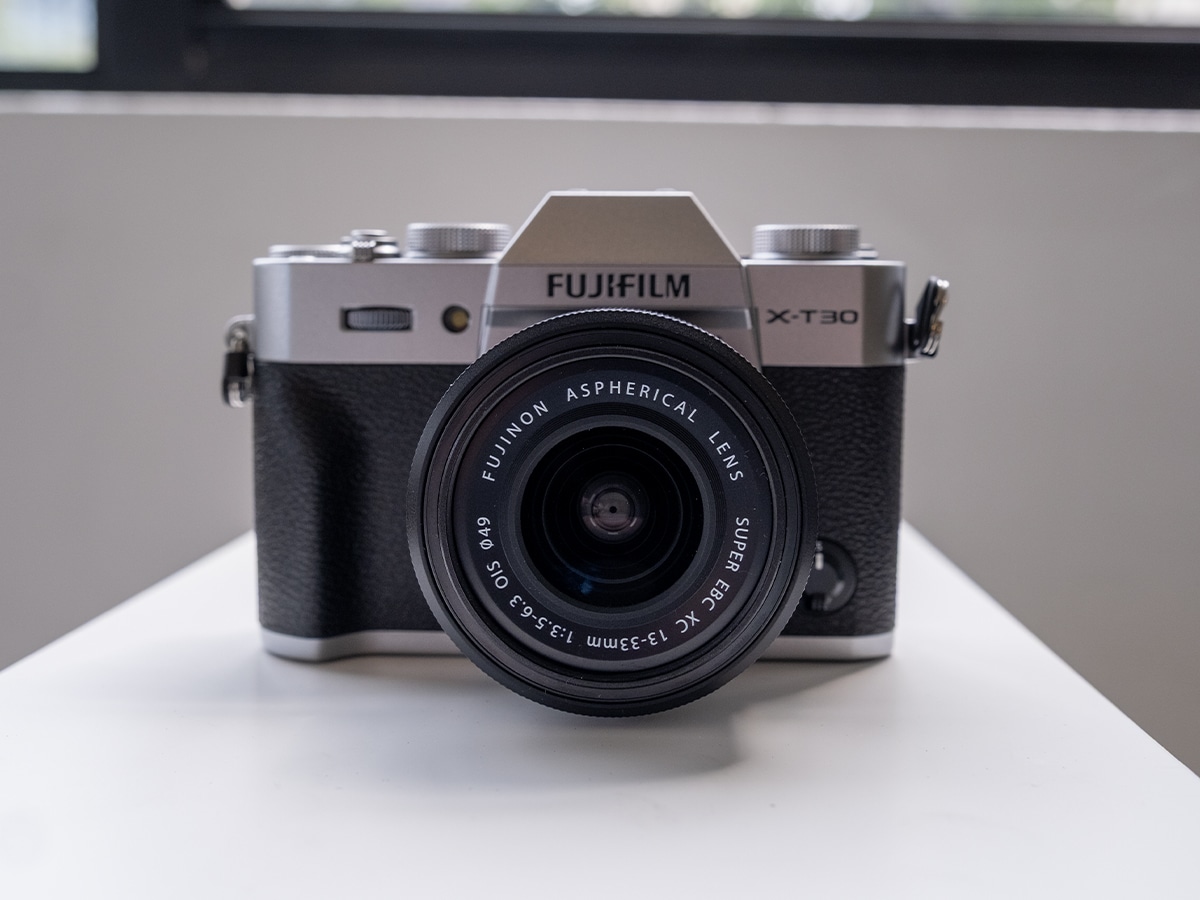
Price and Specs
The Fujifilm X-T30 III will be available in late November 2025 and will cost AUD$1,679 (body only) in Australia.
Our review camera was paired with the FUJINON XC 13–33mm F3.5–6.3 OIS lens, which will be available in January 2026, and is priced at AUD$649 as a standalone item.
Most notably, the X-T30 III will also be available as a kit (AUD$1,949) with this lens (Fujifilm X-T30 III + XC 13–33mm kit) in December 2025. That price is particularly sharp on paper, presenting a powerful argument that this might be the best value-for-money camera on the market. It outdoes other APS-C cameras like the fan-favourite Sony Alpha A6700 (AUD$2,199) on the stat sheet. So, please continue reading to find out how it compares to that camera and the ever-popular Canon EOS R10 (AUD$1,729) and Nikon Z50 II (AUD$1,600).
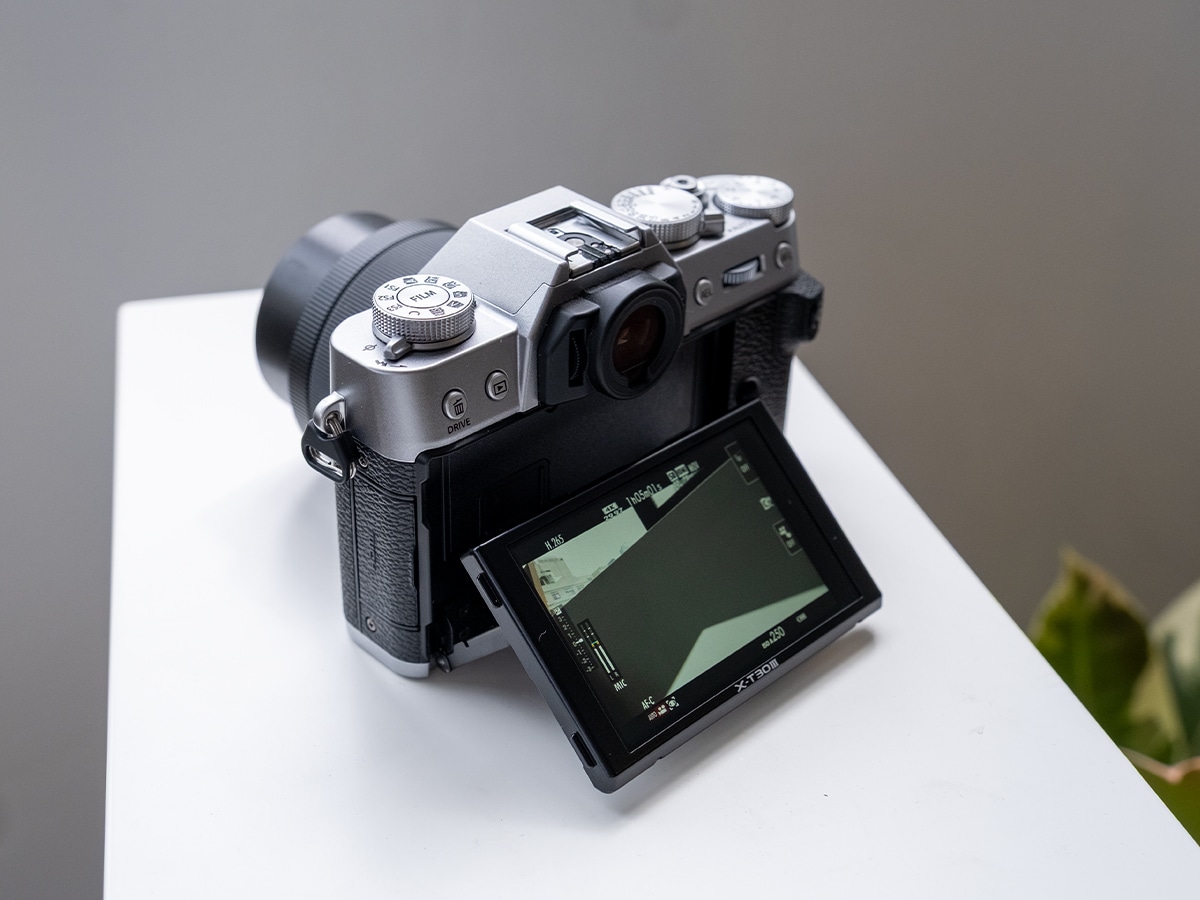
Design and Features
People love the look of this camera a lot. It’s funny because I’m not sure the same people would notice a $12,000 Leica from a metre away if it were hanging off my shoulder. That says a lot about how Fujifilm has grown in popularity over the last few years. They’ve successfully turned the brand around from an aging leftover from film camera history into a modern, affordable, and industry-leading digital film simulation.
You first notice the size and weight of the X-T30 III. It’s the same size and weight as the X-T30 II, and it’s impressive that the brand has added increased capability with a 118.4 × 82.8 × 46.8 mm size and a respectable weight of 378 grams. By comparison, the Sony A6700 weighs 493 grams, and the Canon EOS R50 is 370–400 grams.
This camera’s compact size and weight encourage you to take it everywhere with you, and that’s exactly what a point-and-shoot should do.
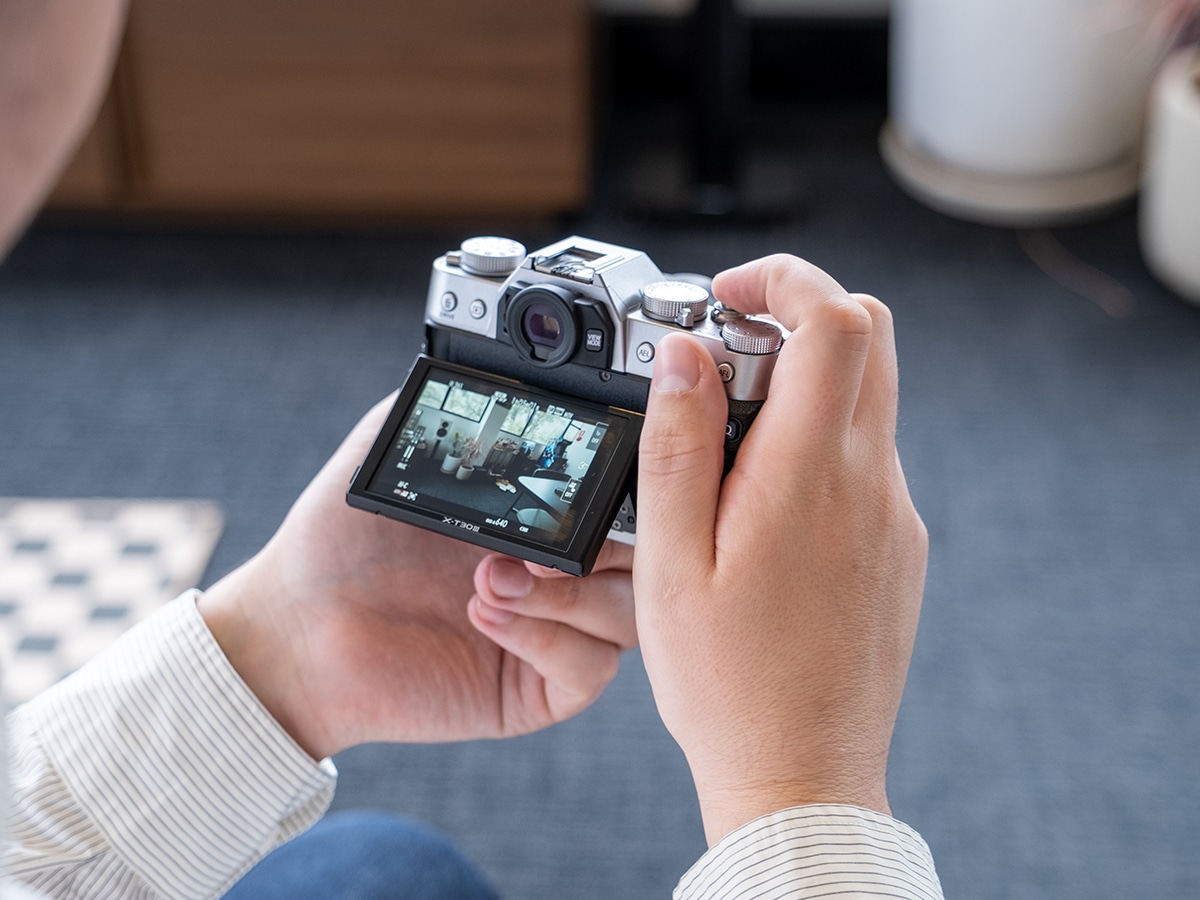
It’s comfortable in the hand, with a slight grip and general ergonomics improvement. Truthfully, this only becomes apparent with extended use, but you’ll probably burn through a battery before you find the camera “uncomfortable.” Every button is easily accessible with shortcuts to the 20 film simulations, including REALA ACE and NOSTALGIC Neg on the left-hand side and a lever on the left side to switch from auto to manual mode. The exposure compensation dial is also easily scrolled with your thumb.
When you don’t want to use the EVF, there’s a 1.62 M-dot tilting LCD screen that lets you get nice and low. However, it would also be great to see a tilting operation for portrait photography, which I dare say is what most Fujifilm X-T30 III users would be doing. This tilting screen also rules out the X-T30 III for use as a vlogging camera (unless you connect a smartphone as a monitor), which the Sony A6700 and even the cheaper Fujifilm X-M5 can manage.
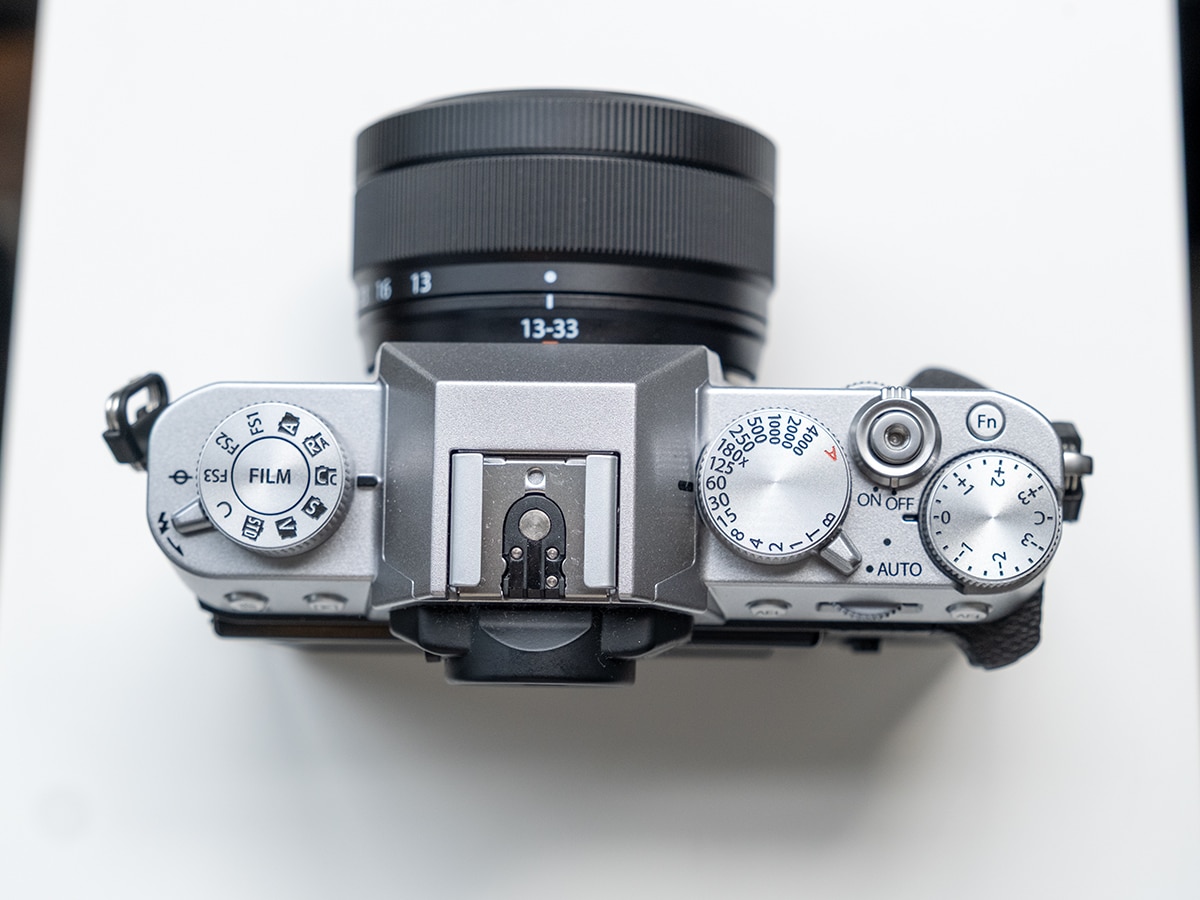
Cons-wise, the camera lacks quick access to the video function. Hold the delete button, scroll to the bottom with the thumb controller on the right, and select the video function. Once you’re in the video menu, I pre-programmed the ‘fn’ button to shoot short 15, 30, and 60-second 9:16 videos, but you can’t quickly access this menu when in stills mode. This is a bit of a clunky workflow miss, and something that the Sony A6700 excels at with its S&Q scroll wheel.
Last but not least, I feel like I’m nitpicking here, but the lens cap doesn’t clip on confidently. I’m constantly left wondering if it’s going to fall off.
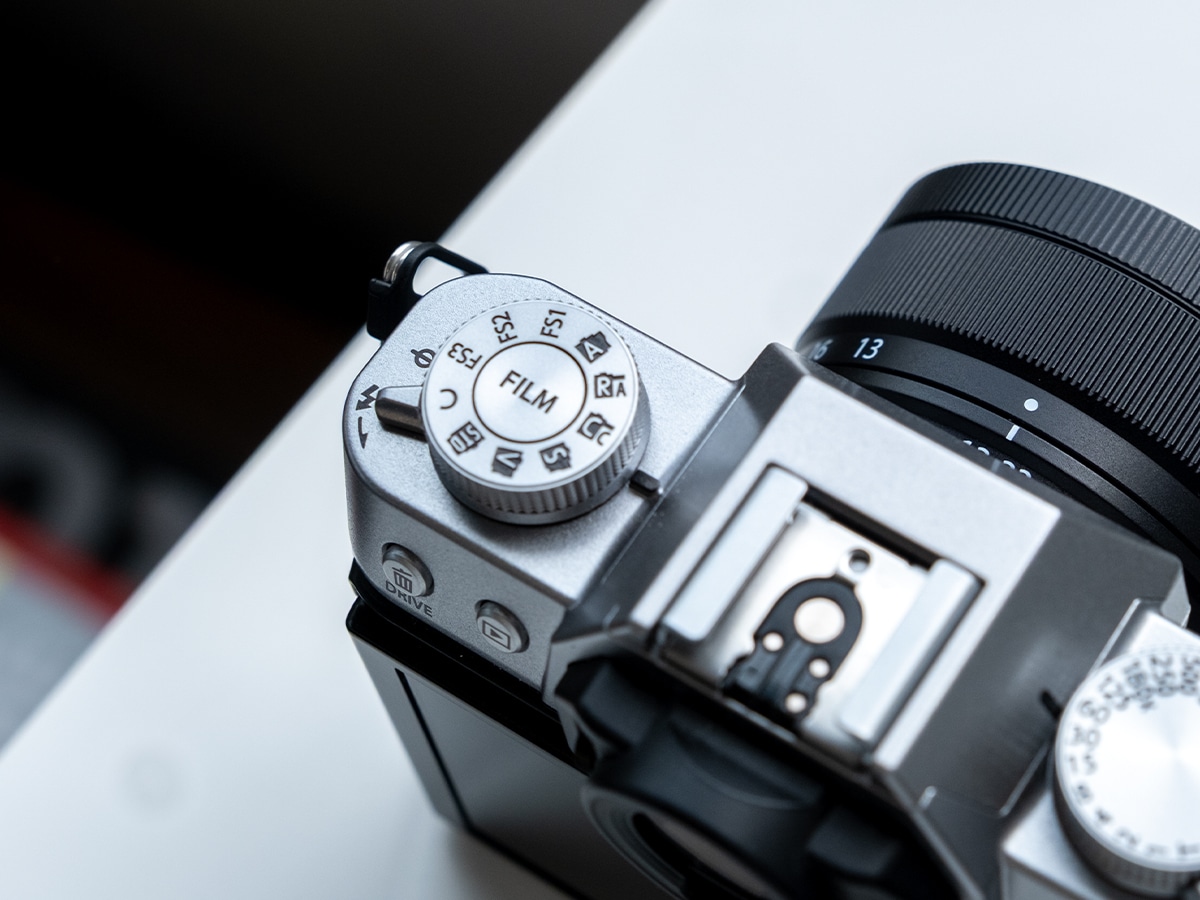
Still Images & Film Simulation Dial
The 26.1-megapixel back-side-illuminated X-Trans CMOS 4 sensor would be familiar to anyone who’s used or researched an X-S20, X-M5, or several other Fujifilm cameras. It’s paired with the X-Processor 5 engine, which has twice as fast image processing as the X-T30 II.
Compared to other Fujifilm cameras, which have been known to struggle with autofocus, the X-T30 III uses the brand’s advanced subject detection autofocus, which is powered by deep-learning AI. It does an excellent job detecting people’s faces, eyes, and animals like birds, cars, motorcycles, bicycles, aeroplanes, trains, insects, and drones. That leaves you in charge of the composition, letting the camera take over the tracking, and in my testing, it did an excellent job.
Battery life is quite good (rated to 425 shots per charge in Economy Mode), but it is compromised overall because it’s a small camera. Still, I managed to shoot around 150 images and a few GBs of 4K 10-bit 4:2:2 video over the weekend at the MotoGP in Victoria and didn’t have to charge the camera.
Here are some side-by-side comparisons for you to compare film simulations:
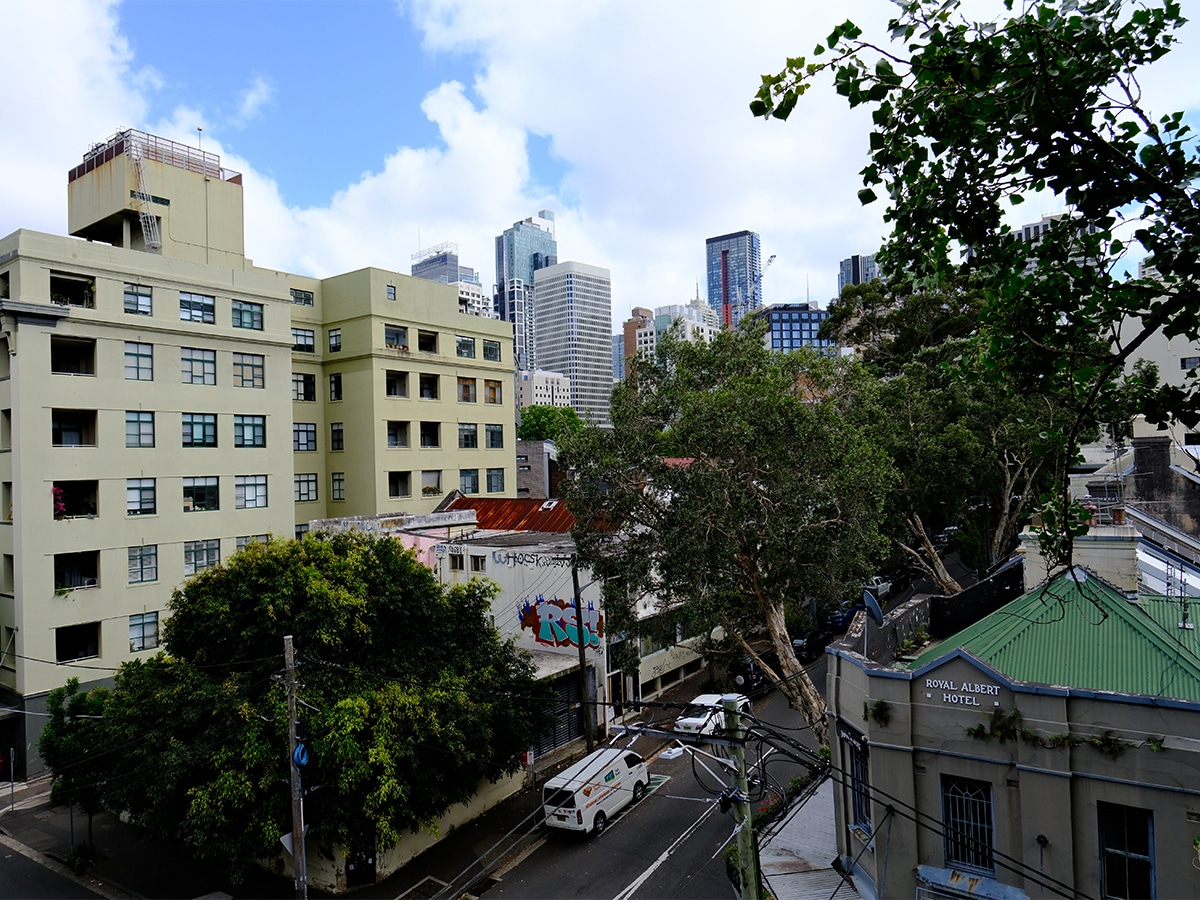
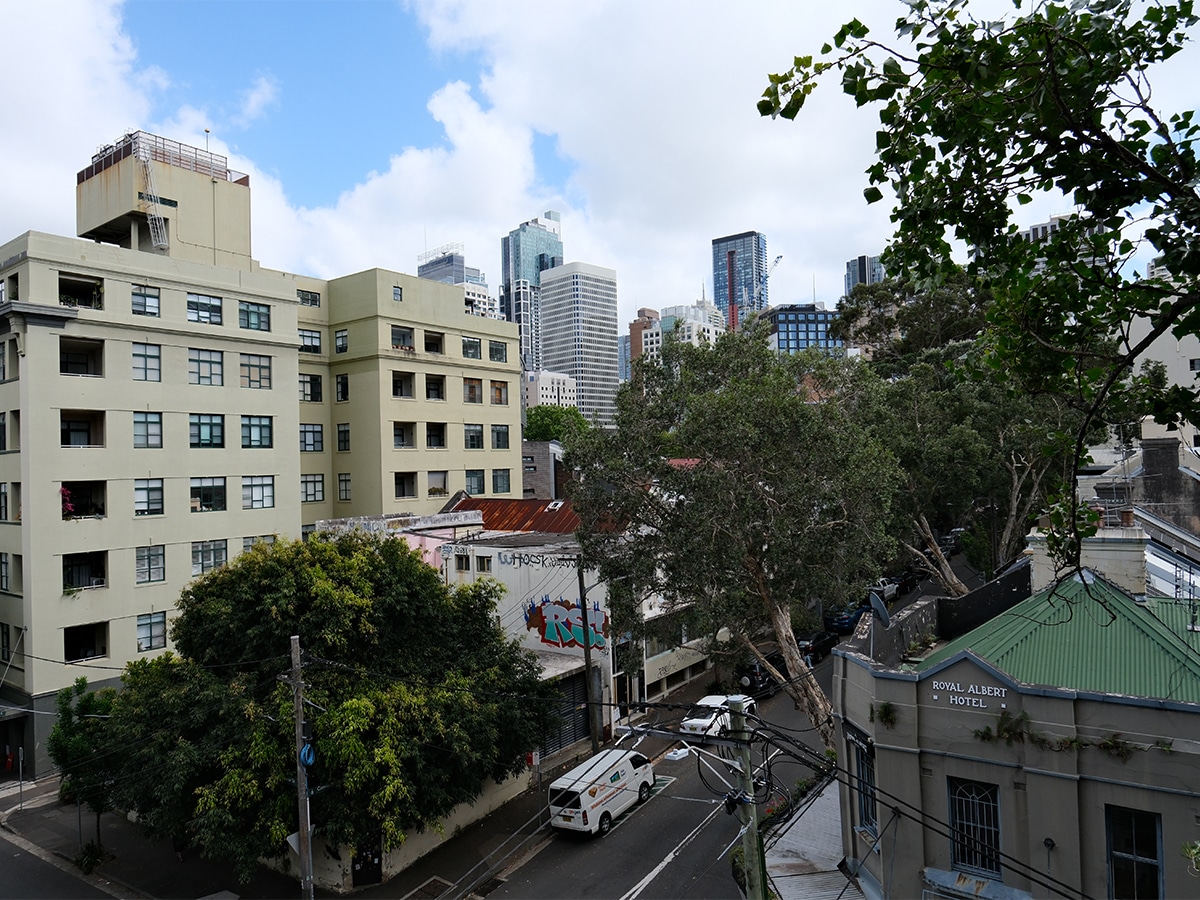
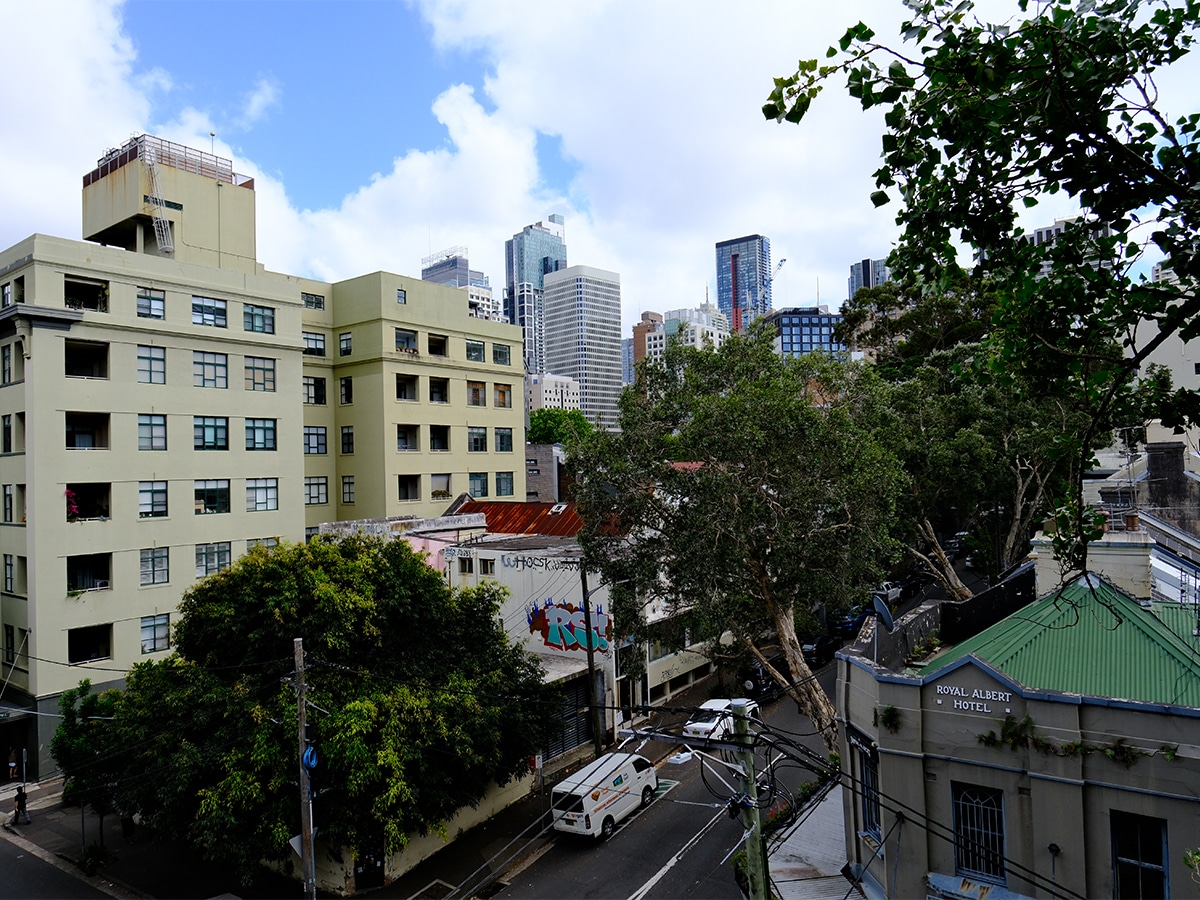
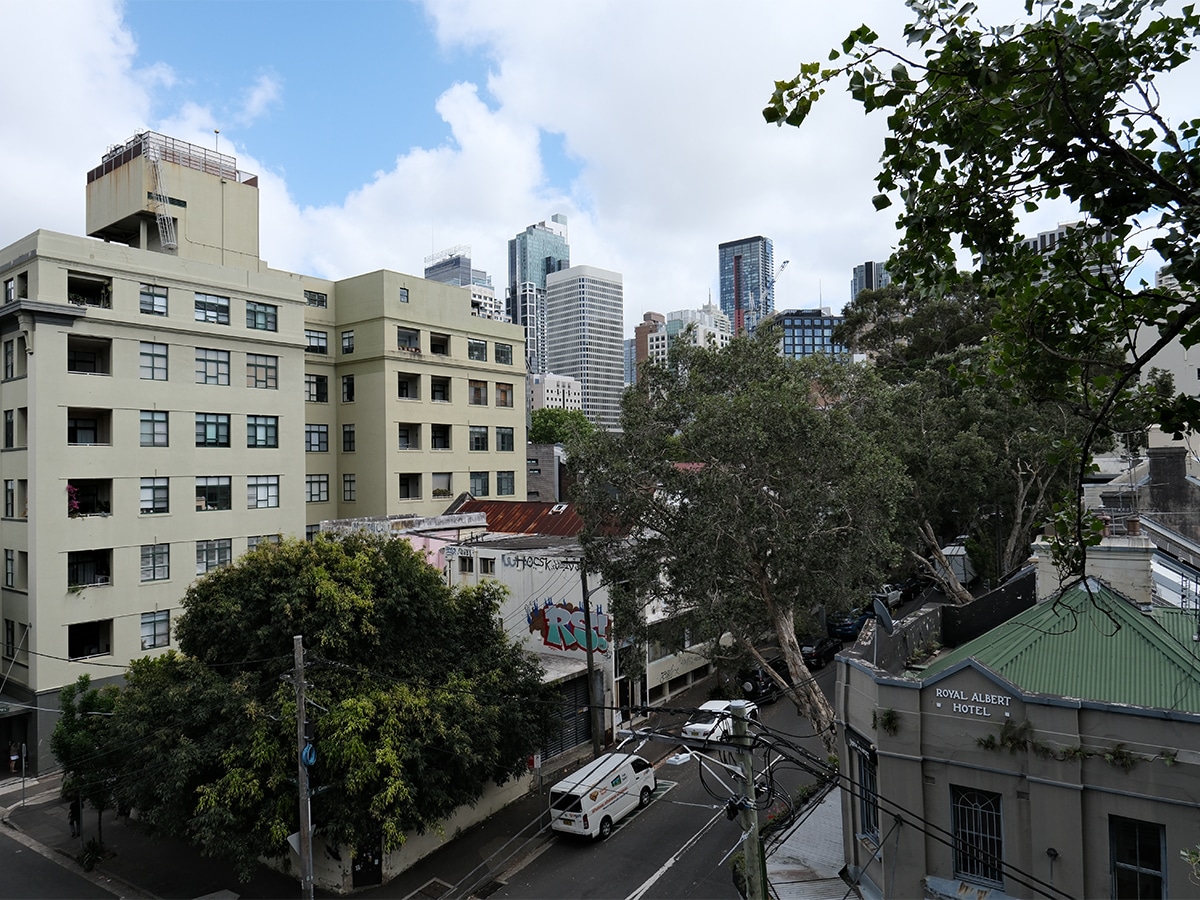
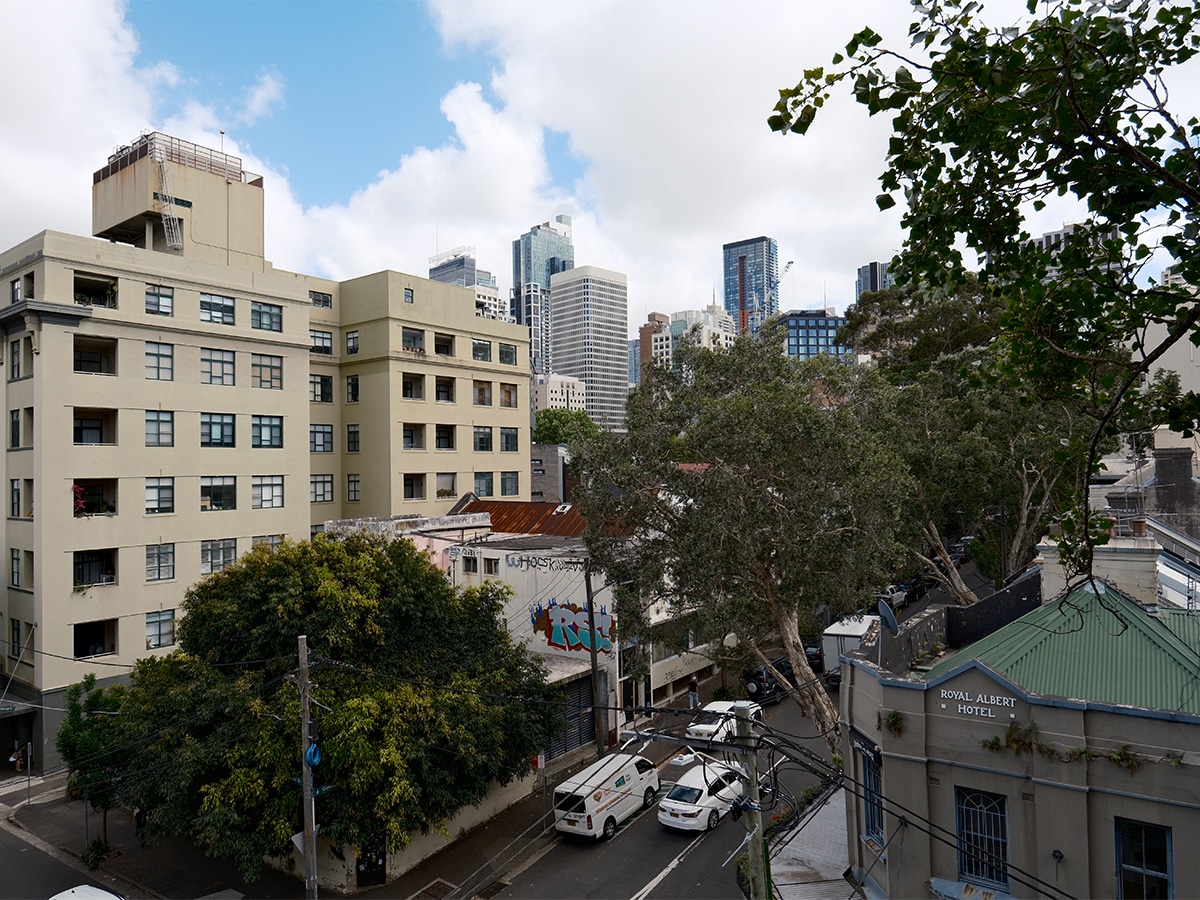
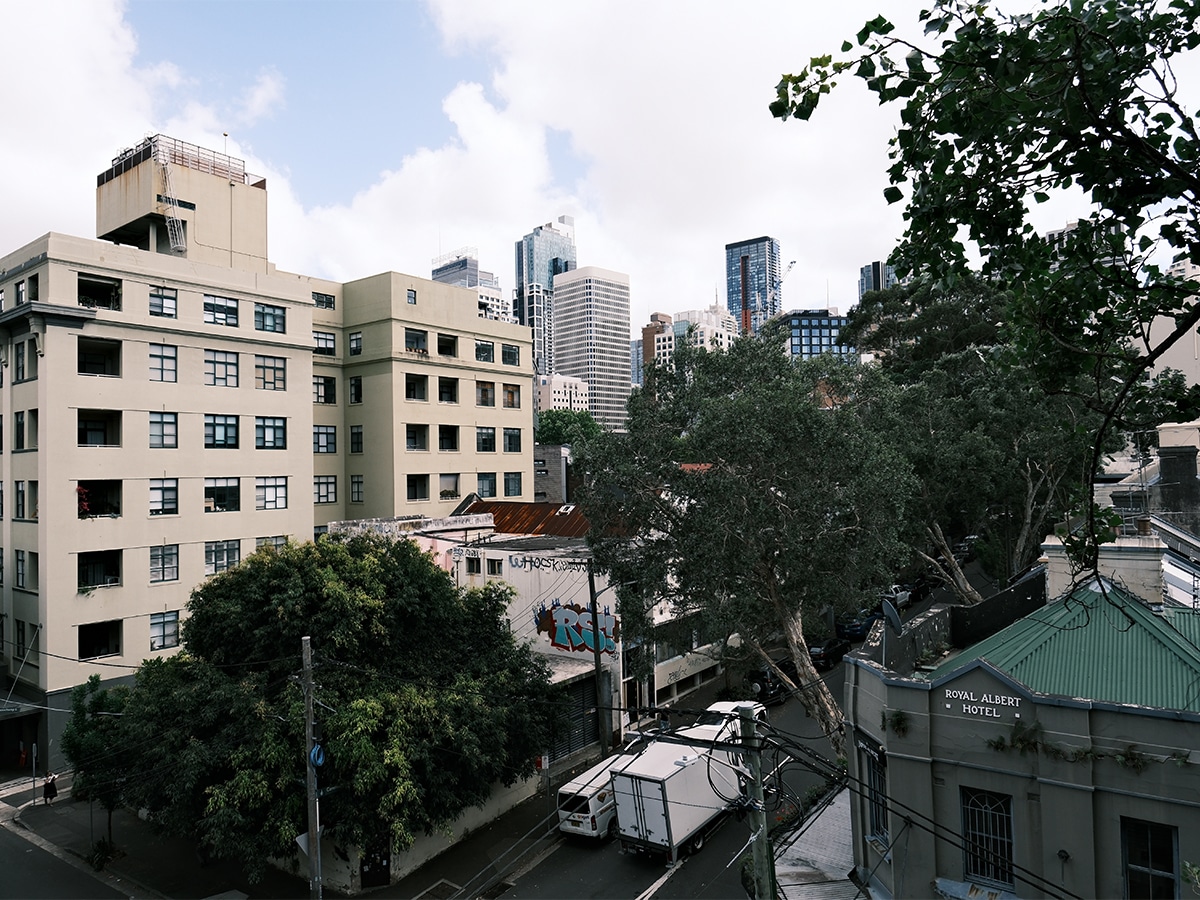
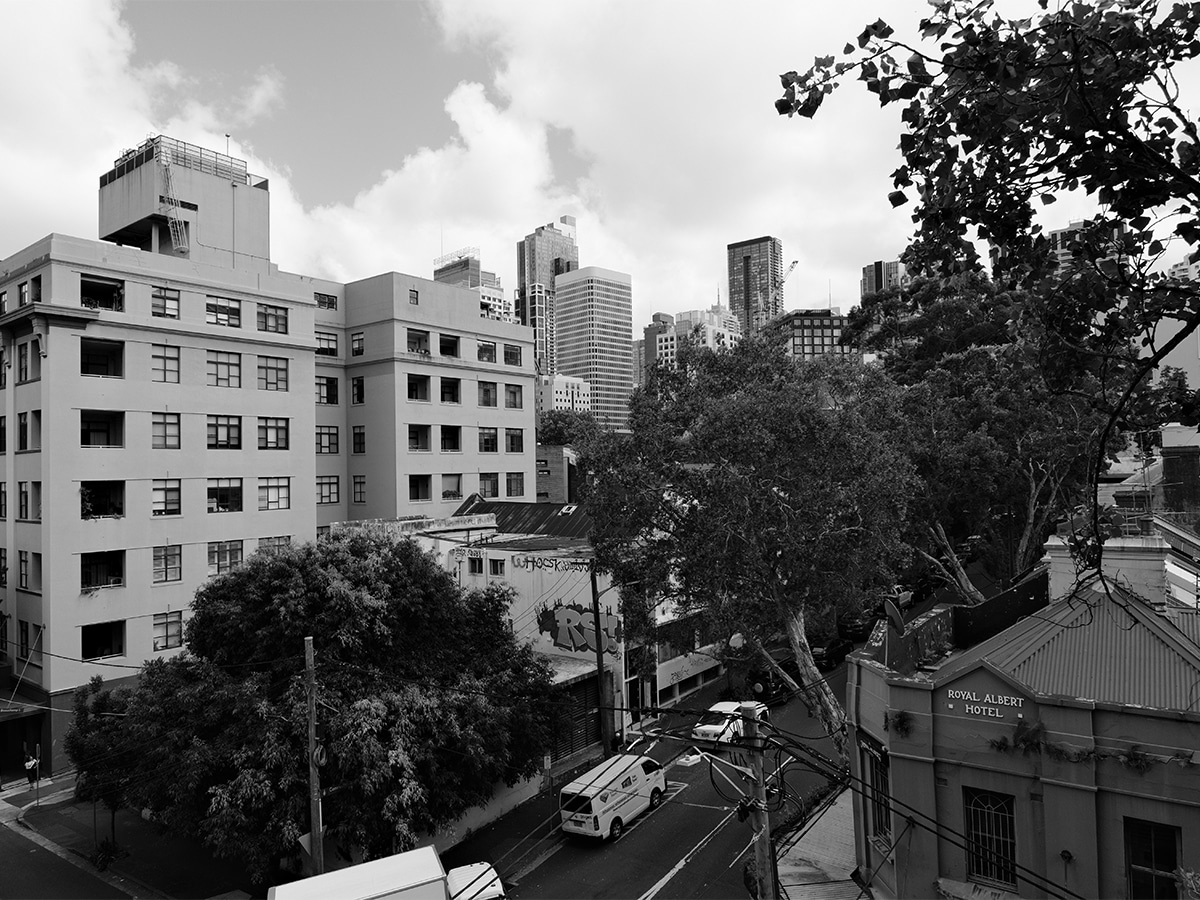
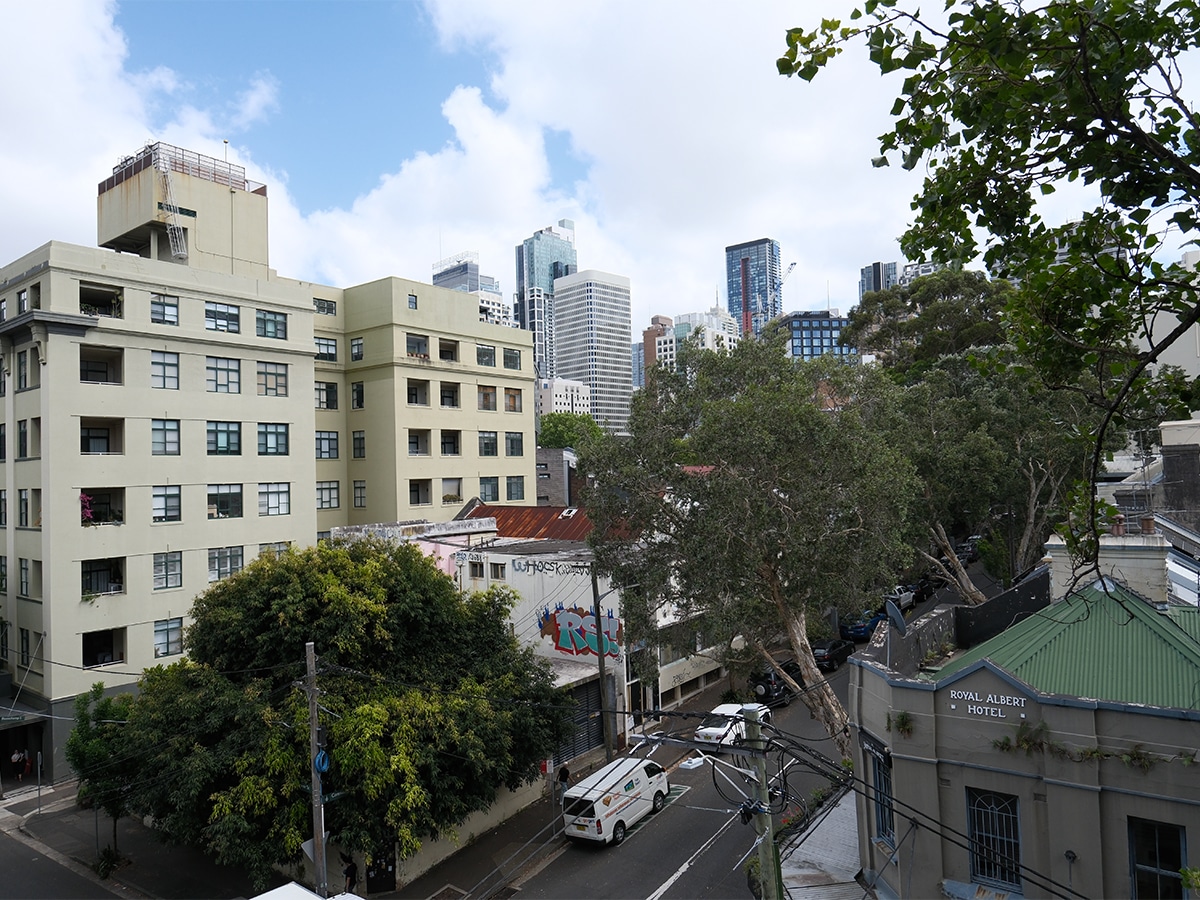
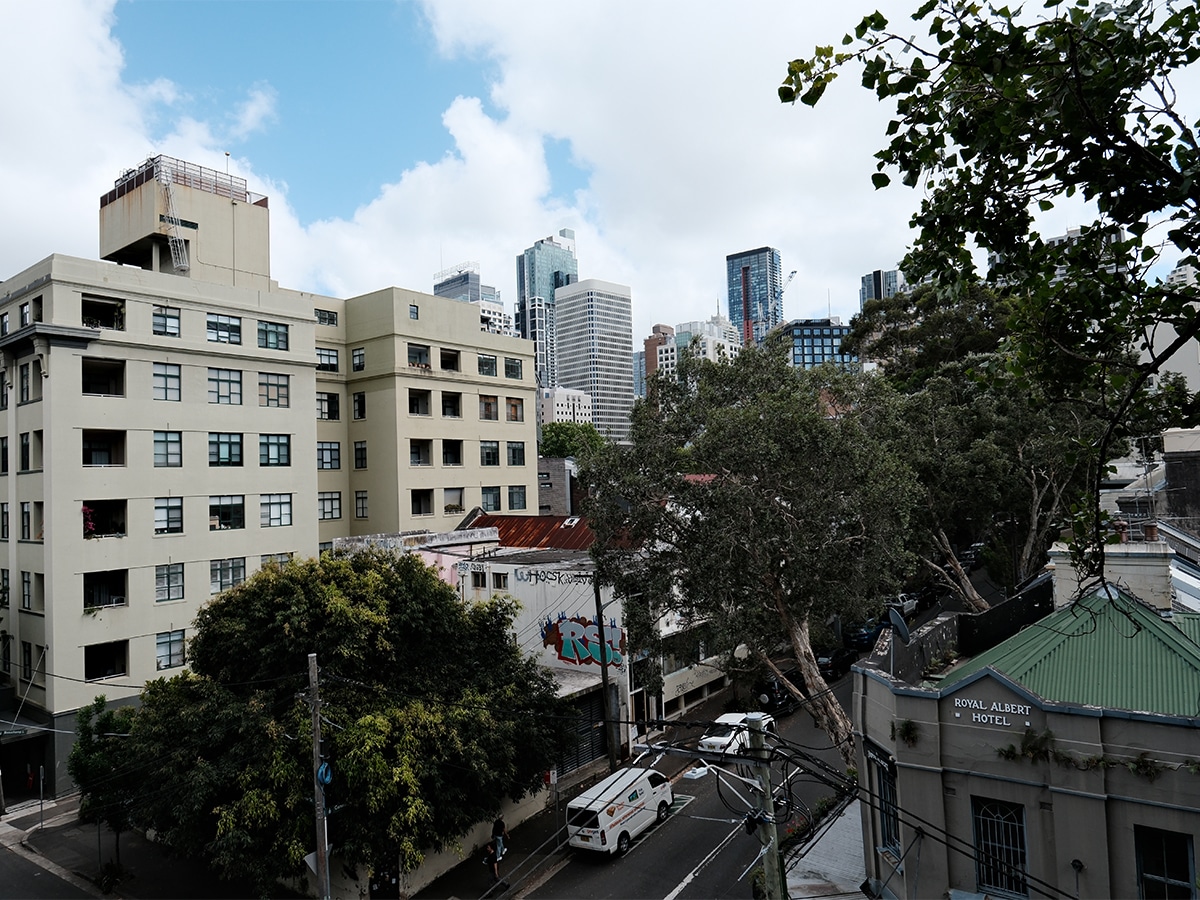
If you’re reading this review, however, you’re probably here to learn about the 20 Film Simulations that the X-T30 III offers. These are quickly accessed by the dedicated scroll wheel (like the X-T50 and X-M5), which includes three customisable Film Simulation slots (FS1–FS3) for user-saved “recipes.” This takes the post-processing out of the equation and lets you upload to social media quickly to share with your audience.
I spend most of my time shooting stills in CLASSIC CHROME, which does a great job reproducing documentary-style images (low colour saturation, full-bodied tones, unique chromatic balance). However, I’ve also played with the NOSTALGIC Neg and REALA ACE, which have become another favourite because of their slightly muted colours and more complex highlight tones. It’s a faithful recreation of a film similar to PRO Neg. Std.
Video Capabilities
The video capabilities are mostly shared with the cheaper Fujifilm X-M5, but that’s not bad, as it’s a significant upgrade over the previous-generation X-T30 II. It’s better than its competitors by the numbers (they can’t manage 6 K), but things begin to look compromised when you start looking closely.
It can shoot 6.2 K / 30 P 10-bit 4:2:2 internally and 4 K / 60 P, 1080 / 240 P slow motion. However, it lacks the Sony A6700’s and Fujifilm X100 VI’s in-body image stabilisation and relies on digital stabilisation. Yes, it’s an improved digital stabilisation, and it’s still quite good compared to the similarly-priced Nikon Z50ii. Still, it’s almost annoying how close it is to being great, if a five-axis in-body image stabilisation (IBIS) with six stops of compensation for camera shake were to be included.
There’s a handy 9:16 vertical mode for social content, but it’s clunky. I’ve already mentioned how it should be easily accessible in every shooting mode when the ‘fn’ button is programmed.
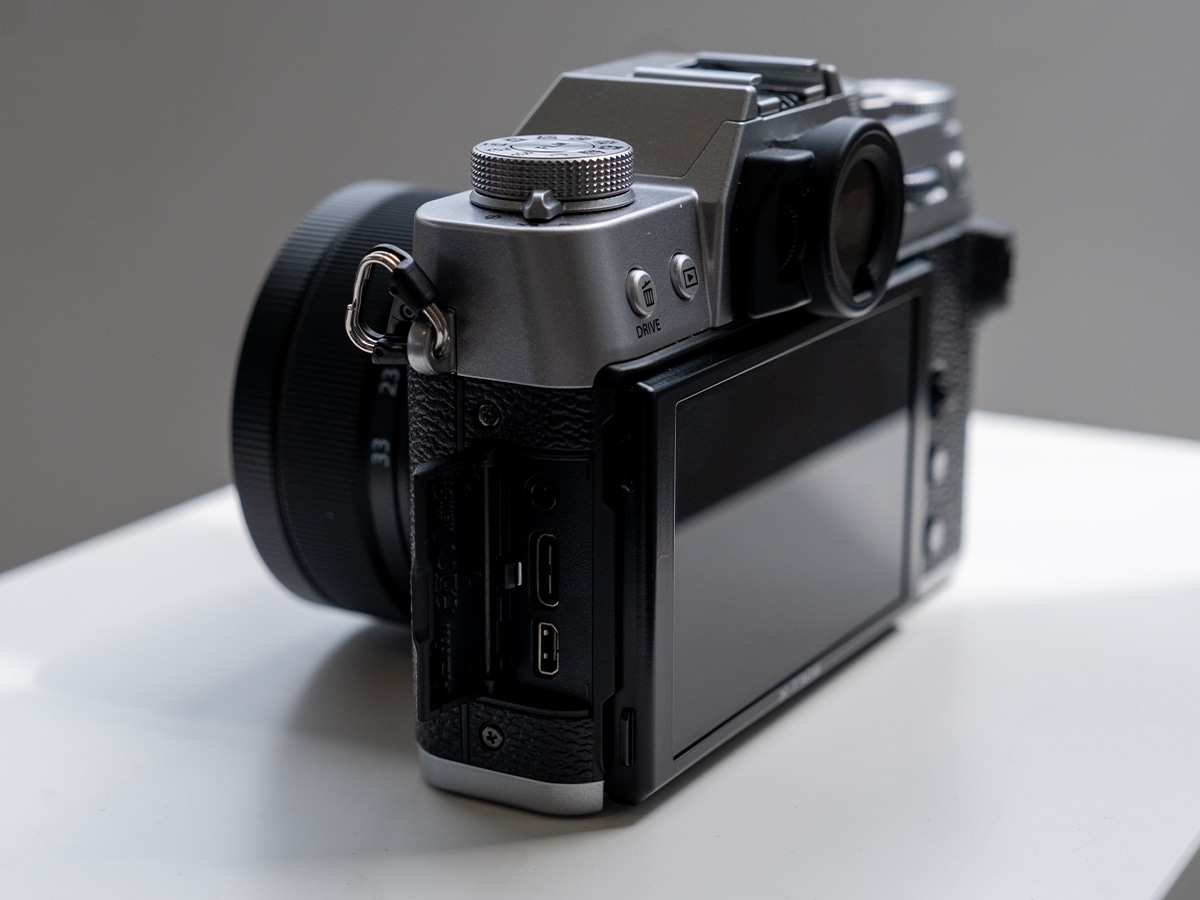
Connectivity and Printing
With built-in wireless connectivity and the Fujifilm app, you can connect the camera to your smartphone, transfer images and videos from the device, and quickly upload them to social media channels.
There’s also the option to connect the camera with a direct wireless connection to instax Link printers, and the X-T30 III is compatible with:
- instax mini Link 2
- instax mini Link 3
- instax SQUARE Link
- instax Link WIDE
This is a significant advantage of the Fujifilm ecosystem, as you can turn your digital images into printed images without visiting a film shop. It supports instax mini, SQUARE, and WIDE formats.
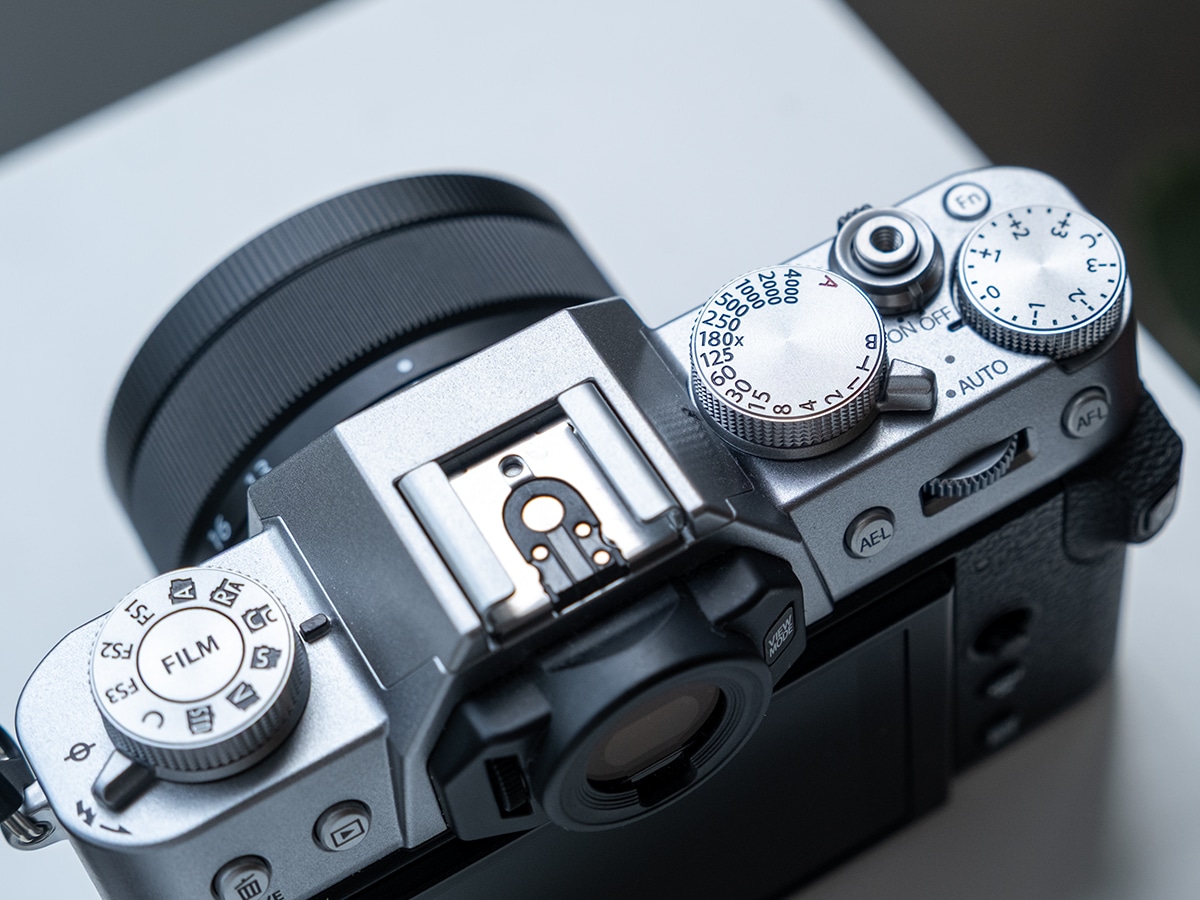
Verdict
Priced under AUD$2,000 as a kit, the Fujifilm X-T30 III represents good value for money and is a logical entry point to the Fujifilm ecosystem for content creators and “prosumers.”
It’s not at the level of the Fujifilm X100 VI in terms of video and image quality, as it lacks IBIS and the 40MP sensor. However, it’s cheaper, and if you simply want to take great film simulations with an interchangeable lens camera and shoot the odd social media video in 6.2 K / 30 P 10-bit 4:2:2 internally, it’s a great option. There’s also the aesthetic, and there’s no arguing that Fujifilm has won over a large audience because of how the camera looks.
The new Fujifilm X-T30 III (AUD$1,679 for the body only) is available at the brand’s website from late November 2025, which is linked below.







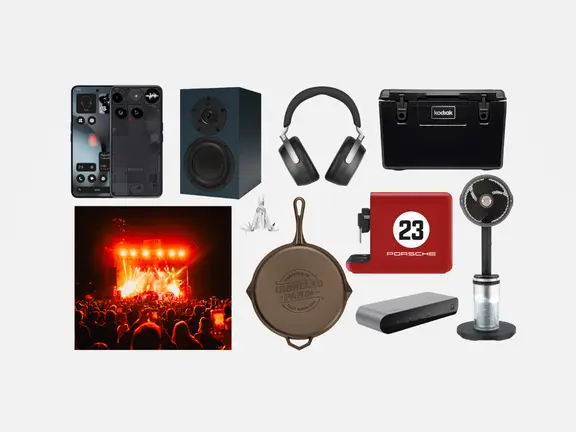

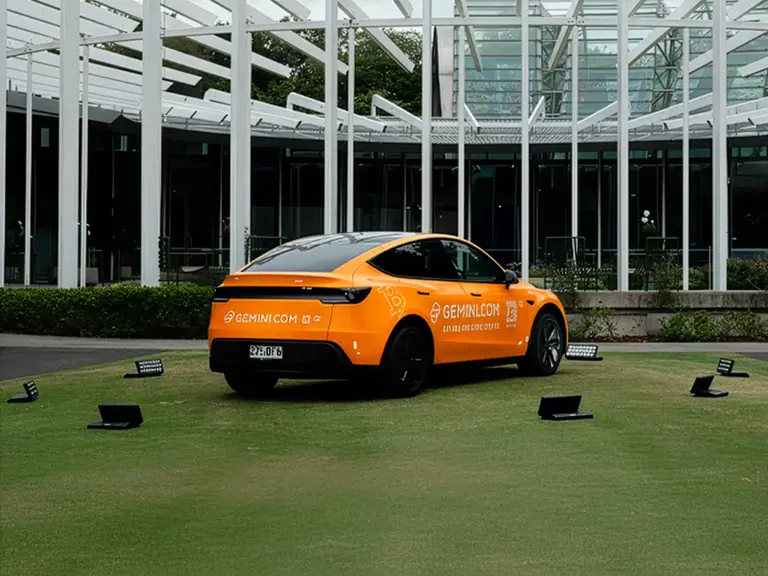
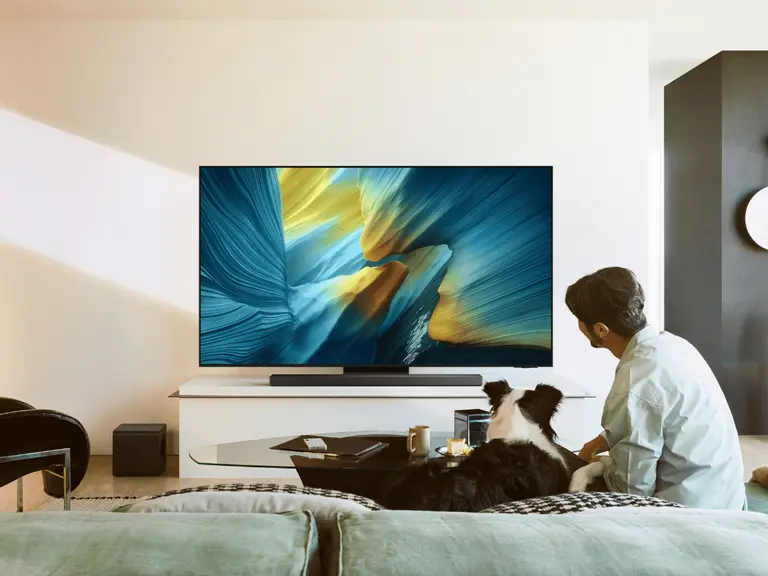















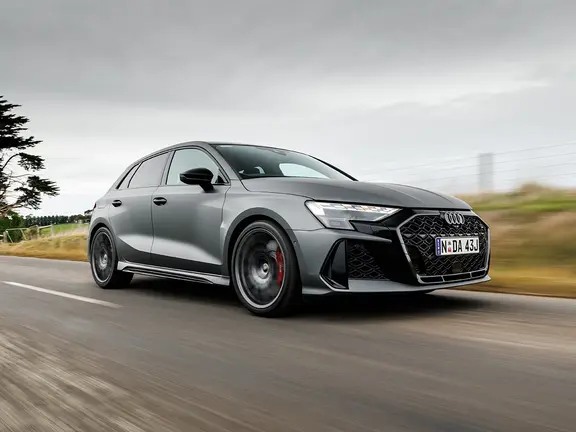

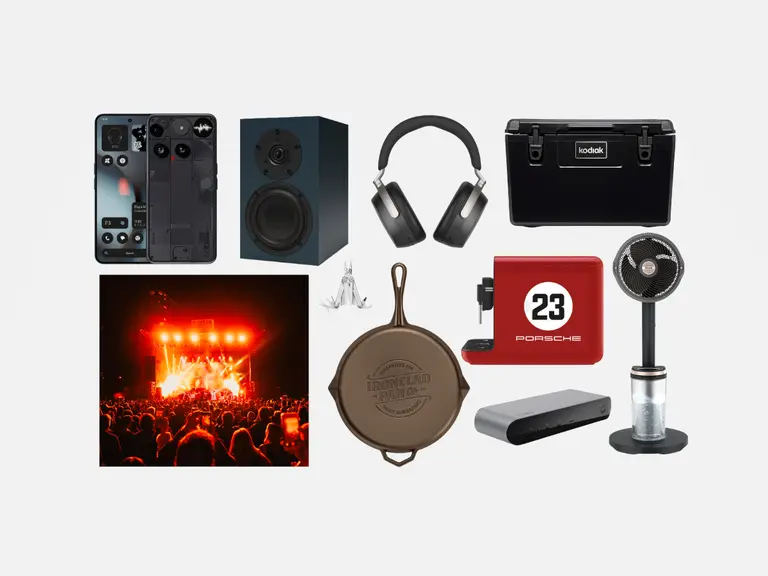



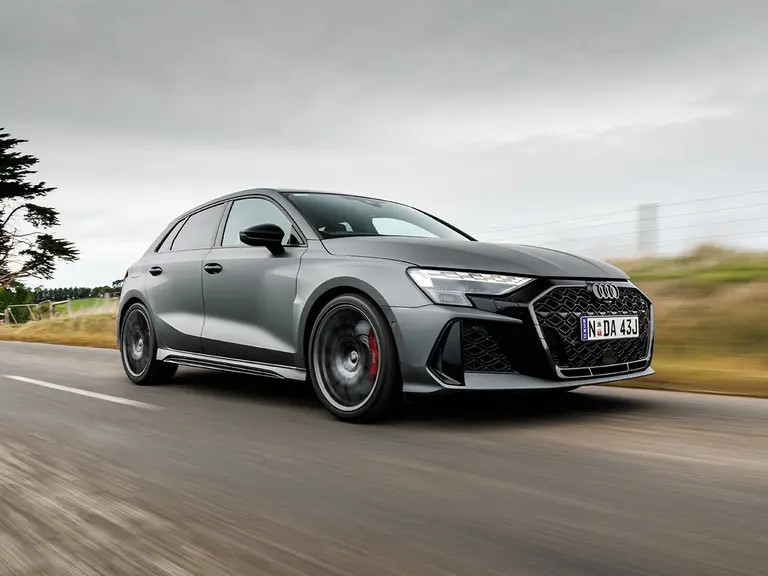
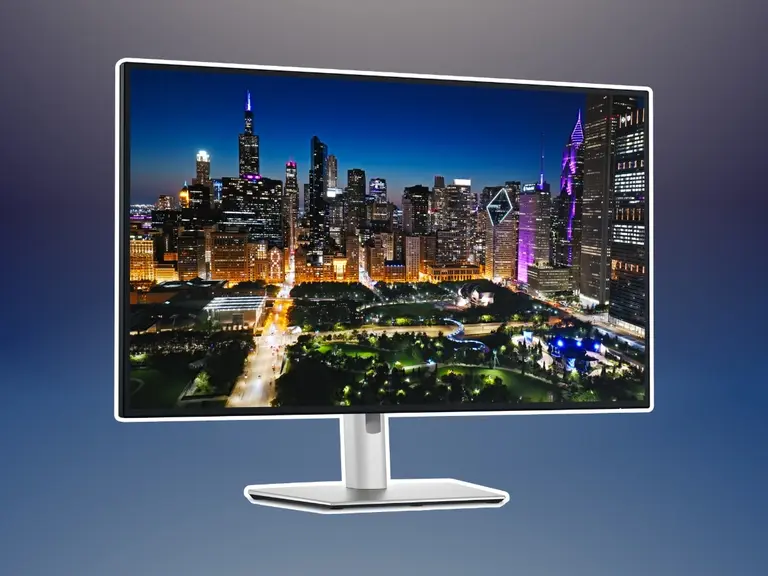
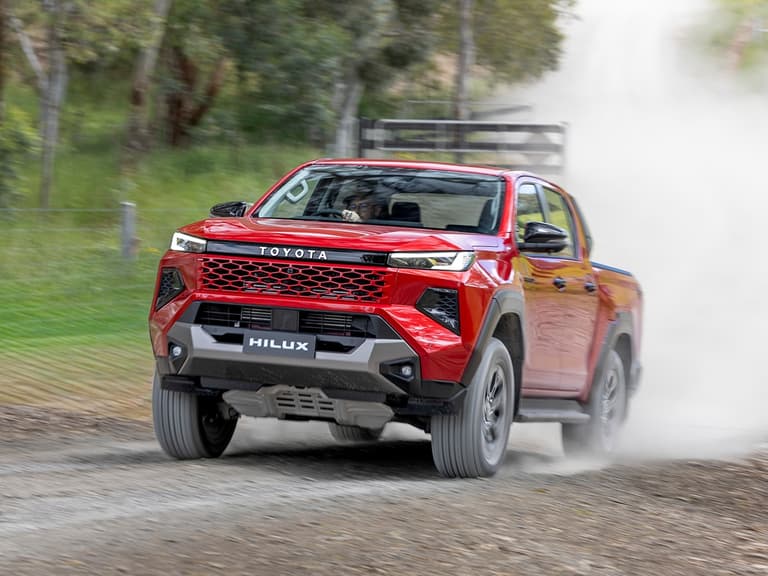
Comments
We love hearing from you. or to leave a comment.